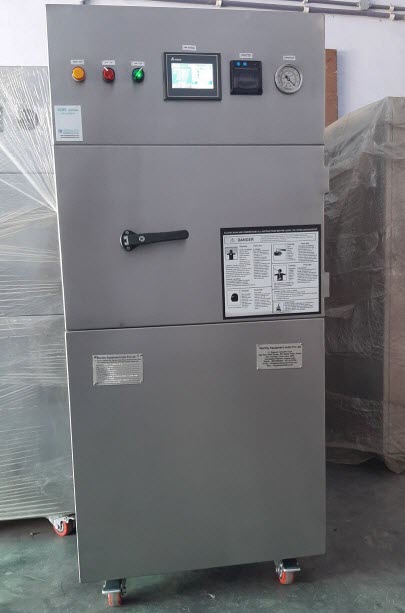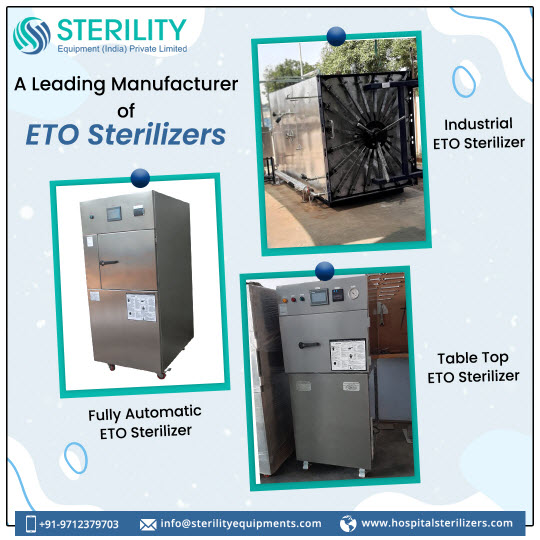Ethylene Oxide (ETO) sterilization is a critical process for ensuring the safety and sterility of medical devices, pharmaceuticals, and certain food products. As the importance of environmental sustainability grows, France has established stringent environmental regulations surrounding ETO sterilization processes. This article explores France’s environmental regulations related to ETO sterilization and highlights initiatives aimed at promoting more sustainable and eco-friendly sterilization practices within the country.
Introduction
Ethylene Oxide (ETO) sterilization plays a crucial role in ensuring the safety and sterility of sensitive products. As the world becomes increasingly conscious of environmental sustainability, it becomes imperative to align sterilization practices with eco-friendly principles. France, known for its stringent environmental regulations, has taken proactive measures to regulate and promote sustainable ETO sterilization processes.
The Role of ETO Sterilization and Environmental Concerns
While ETO sterilization is effective in eliminating microorganisms, its potential environmental impact cannot be ignored. The emissions of ETO gas, a hazardous air pollutant, have prompted concerns about air quality and overall environmental health.
Environmental Regulations for ETO Sterilization in France
National Environmental Protection Agency
France’s National Environmental Protection Agency oversees and enforces regulations to minimize the environmental impact of industrial processes, including ETO sterilization. These regulations are designed to limit emissions, promote energy efficiency, and encourage the adoption of sustainable practices.
Emission Limits and Air Quality Standards
Environmental regulations in France dictate strict emission limits for ETO sterilization facilities. These limits are established to ensure that the release of ETO gas into the atmosphere remains within safe and acceptable levels, safeguarding air quality and public health.

Eco-Friendly Practices in ETO Sterilization
Emission Control Technologies
ETO sterilization facilities in France are required to implement advanced emission control technologies. These technologies capture and treat ETO gas emissions, minimizing their release into the environment and reducing their potential negative impact.
Energy Efficiency Measures
France’s environmental regulations encourage the adoption of energy-efficient sterilization processes. Sterilization facilities are incentivized to use technologies that reduce energy consumption and promote overall operational efficiency.
Waste Minimization and Recycling
Sustainable sterilization practices extend beyond emissions. France emphasizes waste minimization and recycling efforts associated with sterilization processes. Proper disposal and recycling of materials used in sterilization further contribute to environmental protection.

Collaborative Efforts for Sustainability
Industry Associations and Research Institutions
Collaboration among industry associations, research institutions, and sterilization facilities is essential to drive sustainable practices. Knowledge-sharing, research initiatives, and the development of innovative technologies collectively contribute to advancing eco-friendly sterilization methods.
Regulatory Compliance and Innovation
Regulatory compliance acts as a catalyst for innovation. France’s stringent environmental regulations drive sterilization facilities to explore novel approaches, technologies, and equipment that align with sustainability objectives.
Case Studies: Sustainable ETO Sterilization Practices
Highlighting case studies of sterilization facilities in France that have successfully adopted sustainable practices showcases the feasibility and benefits of eco-friendly sterilization methods.
The Road Ahead: Advancing Sustainable Sterilization
The journey toward more sustainable ETO sterilization involves ongoing commitment and continuous improvement. Collaborative efforts, technological advancements, and regulatory enhancements will shape the future of eco-friendly sterilization practices.
Conclusion
France’s commitment to environmental protection is reflected in its stringent regulations surrounding ETO sterilization. By setting emission limits, promoting energy efficiency, and encouraging waste minimization, France ensures that ETO sterilization practices align with sustainable principles. As the world’s focus on environmental sustainability intensifies, France’s initiatives serve as a model for promoting eco-friendly practices in ETO sterilization and contribute to the overall well-being of the environment and public health.





